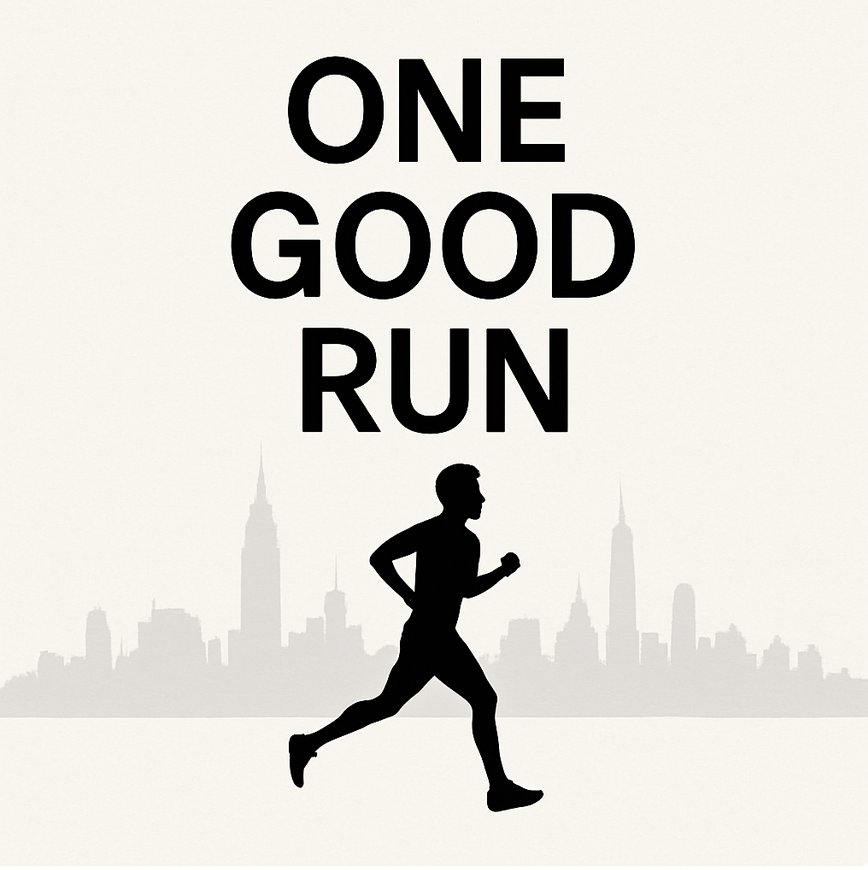The study showed the probability of a spontaneous regression was:
Essentially, the study offers some very encouraging statistics to tell us that the larger or more severe disc herniations often have a higher chance of spontaneous recovery.
Lumbar disc herniation can regress or disappear spontaneously without surgical intervention.
4. Slumping might actually be good for you
A study done by Pape (2018) showed slouched sitting can rehydrate the lumbar discs and essentially ease the pressure off the discs.
This study showed slumped postures can provide a valuable alternative to upright sitting and “may be recommended for recovering spinal height in the working environment following periods of loading”.
A simple way to think about this is if you were to clench your fist as hard as you can for 60 seconds.
Pretty soon the muscles in your arm start to fatigue and eventually, if you held it for long enough, you’d start to feel some pain from the constant contraction.
Exactly the same thing can happen with the muscles in your spine.
After you’ve had an episode of back pain, you may start to worry about your back, and a well meaning health care professional has told you to “be really be careful with your posture and never slump!”.
Sometimes people can take this literally, always trying to sit up straight and never giving the muscles in the spine a chance to actually relax.
This can lead to the ongoing muscle tightness and tension that we mentioned earlier.
With back pain, there is no perfect position.
You don’t have to sit up straight forever - in fact doing this trying to protect your back may overload the muscles and give you more pain.
The people who don’t get pain and the ones who explore a wide variety of movement and change positions frequently. “You’re best posture is your next posture”.
5. Running significantly benefits the human intervertebral discs
A study recently that showed people who run have stronger and more resilient discs than those that don’t run.
The study showed that long distance runners and joggers had better hydration and glycosaminoglycan levels than non-athletic individuals.
“We expect that tissues will adapt to loads placed upon them,” says lead author Daniel Belavy (Burwood, Australia).
Just like your muscles and bones need stress to grow stronger, your discs also respond and adapt in the same way.
This is great news if you are a runner, as previously it was thought that the impact of running was potentially aggravating to the discs.
Now we know that runners have healthier discs, if you are considering getting back into running I would encourage you to work closely with a Physiotherapist who can help guide you back safely.
Interestingly this study showed a long distance runners using a walk / run pattern seemed to be the best for the disc, as opposed to just walking or always running fast.
This suggest that knowing your ‘easy’ running pace and sticking to it during your recovery phase may be an important part of keeping your spine healthy.
If you would like to find out your easy pace, based on your current fitness levels, please use our free online running calculator.
To be very clear…
Disc issues can be extremely painful and limiting in the first days/weeks and you need to take care of yourself by visiting a Physiotherapist who you know and trust.
Realistically, disc issues can take some time to fully settle down - sometimes up to 3 months.
Disc issues CAN be serious 1-2% of the time.
It will really only start to cause you grief if it starts to contact and compress the nerve root.
If it gets to this point, you may have pins and needles, numbness, weakness of the area supplied by the nerve that is affected.
Some of the signs you may need to consult with a doctor include:
constant numbness / pain in the leg
extreme constant pain and not able to get any sleep at all
bladder or bowel incontinence
But that leaves 98% of disc issues that can be well managed with a personalised Physiotherapy program.
Some people are more susceptible to disc problems than others.
Risk factors include:
How Physio can help
We are experts in treating people with disc pain and can help you in two main ways:
designing an exercise program designed to improve strength, flexibility and fitness
provide short-term relief with massage, spinal mobilisation or manual therapy to reduce pain and get you moving well again
If you would like to find out more information or start your healing journey right away, please use our easy online booking system to find a time that suits you.




















